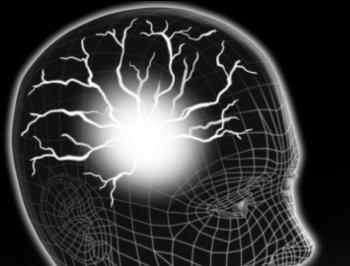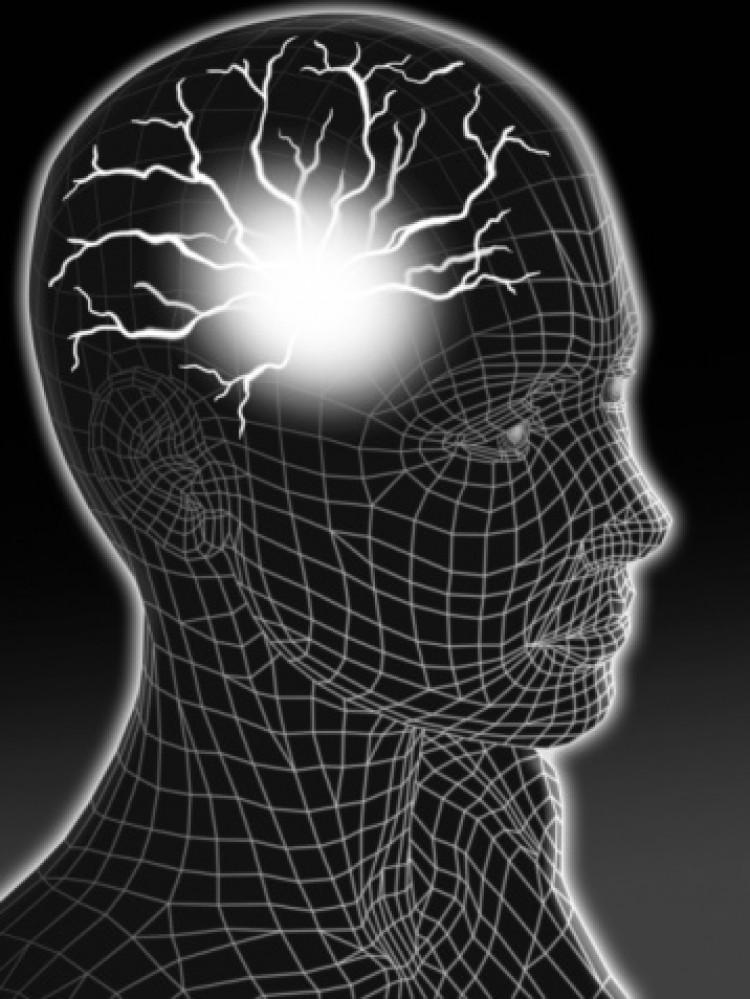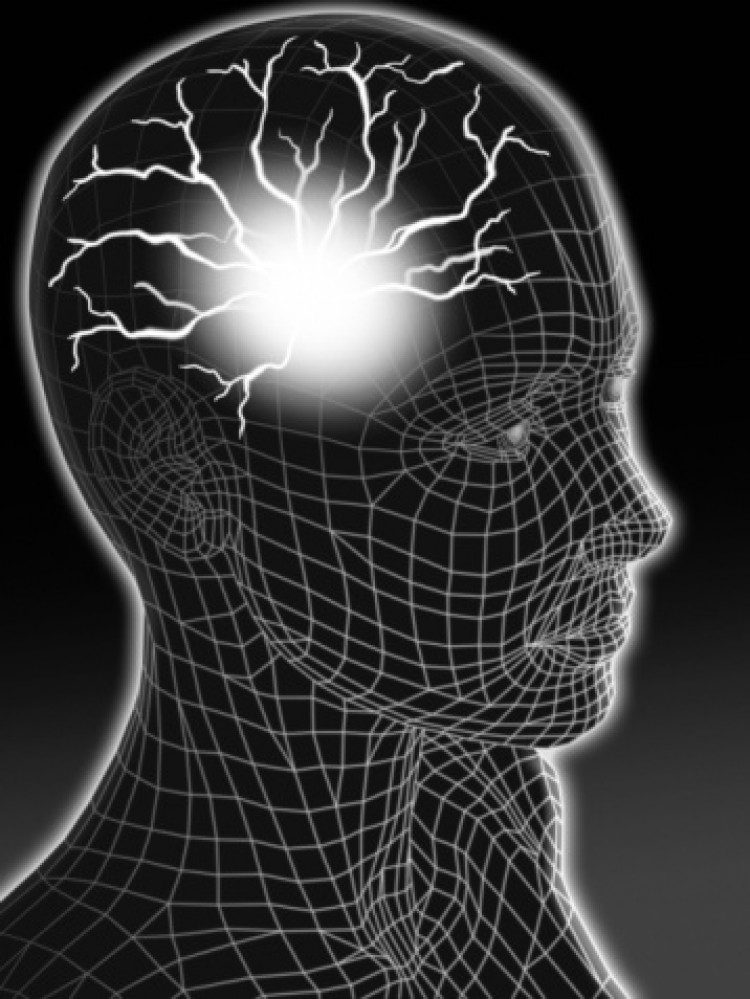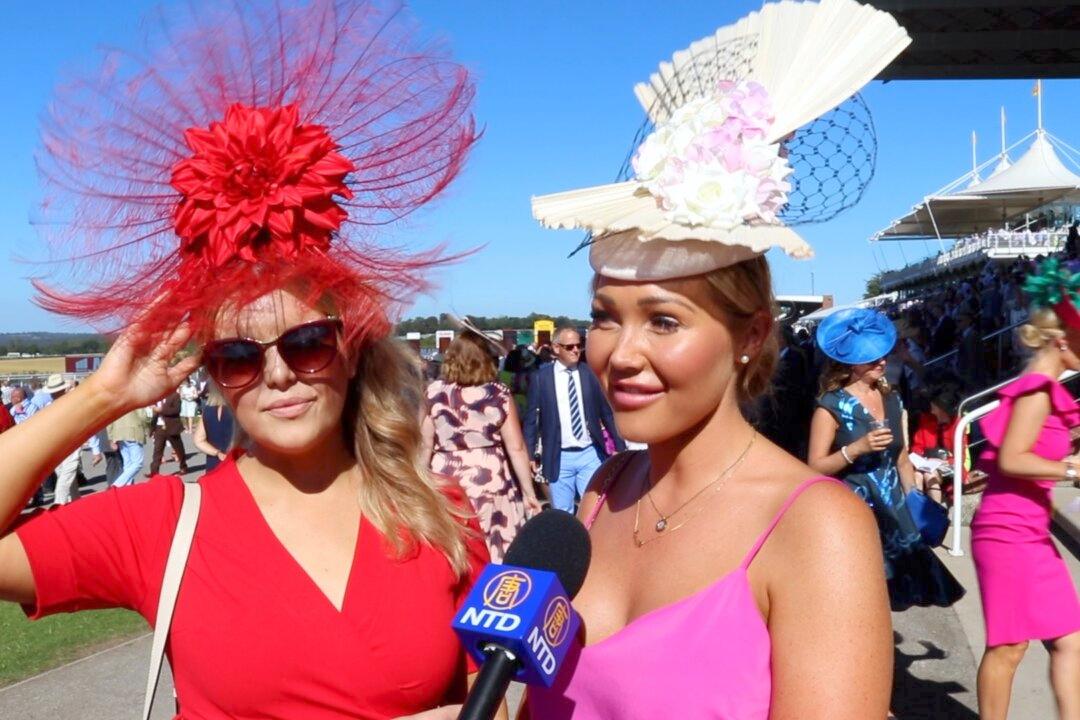Magnetic stimulation of the brain may be a good treatment for people who have suffered a stroke and are unable to see or recognize anything on the left side of their body, according to new Italian research.
The condition, called hemispatial neglect, occurs because nerves on the left side of the brain become overloaded in response to an imbalance between the two hemispheres caused by a stroke on the right side of the brain.
The current treatment of using computer- and pencil-and-paper-based tasks to retrain the brain is inadequate, say the researchers.
In their study, the researchers treated 10 patients with hemispatial neglect using transcranial magnetic stimulation to the left side of the head. Another group of 10 patients were given a sham treatment. Each patient received 10 treatment sessions, and both groups also received the conventional computer and pen-and-paper training.
The treatment—called continuous theta-burst stimulation (cTBS), a type of transcranial magnetic stimulation—involves placing a large electromagnetic coil against the scalp. The electrical currents generated stimulate the nerve cells in the brain.
“Magnetic stimulation is completely non-invasive and safe technique,” study co-author Dr. Marco Bozzali of the Santa Lucia Foundation in Rome, Italy, said in an e-mail. “In our study, none of the patients has reported any side effect. The simulation is painless. It feels like a tapping sensation on top of the scalp.”
At the end of their treatment, the two groups of patients were tested to see how well they could process information on the left side of their bodies. The tests included copying shapes and crossing through lines, as well as everyday tasks such as dialing a telephone, telling the time, and reading a menu.
The group that received the magnetic stimulation improved on the tests by 16.3 percent, and after another test two weeks later, improved by 22.6 percent, the researchers reported.
They also found that the overactive neural circuits in the left side of the brain had returned to normal in the patients that had received the magnetic stimulation, but had not in those receiving the sham treatment.
“We used magnetic stimulation to reduce the excitability of the left parietal cortex in patients suffering from a lesion in the right hemisphere and ‘neglect’ symptoms,” said Bozzali. “The idea is that, in these patients, the unaffected hemisphere (left) becomes overactive because it is no longer held in check by the right hemisphere, which is damaged. By reducing this overeactivity in the left hemisphere, we obtained a clinical improvement of neglect symptoms.”
Though this improvement is significantly better than results obtained with conventional rehabilitation, it alone may not have a meaningful impact on the patients’ ability to perform day-to-day tasks, said the researchers.
Because the magnetic stimulation treatment was given alongside the conventional rehabilitation therapy, it is not possible to tell how much the magnetic stimulation treatment alone contributed to the improvement, the team concluded. It may be that the magnetic stimulation helped patients to better respond to the conventional treatment.
The researchers now plan to perform a larger study with the aim of developing protocols to integrate magnetic stimulation into patient rehabilitation programs, Bozzali said.
The research was published online in the journal Neurology on Dec. 14.





